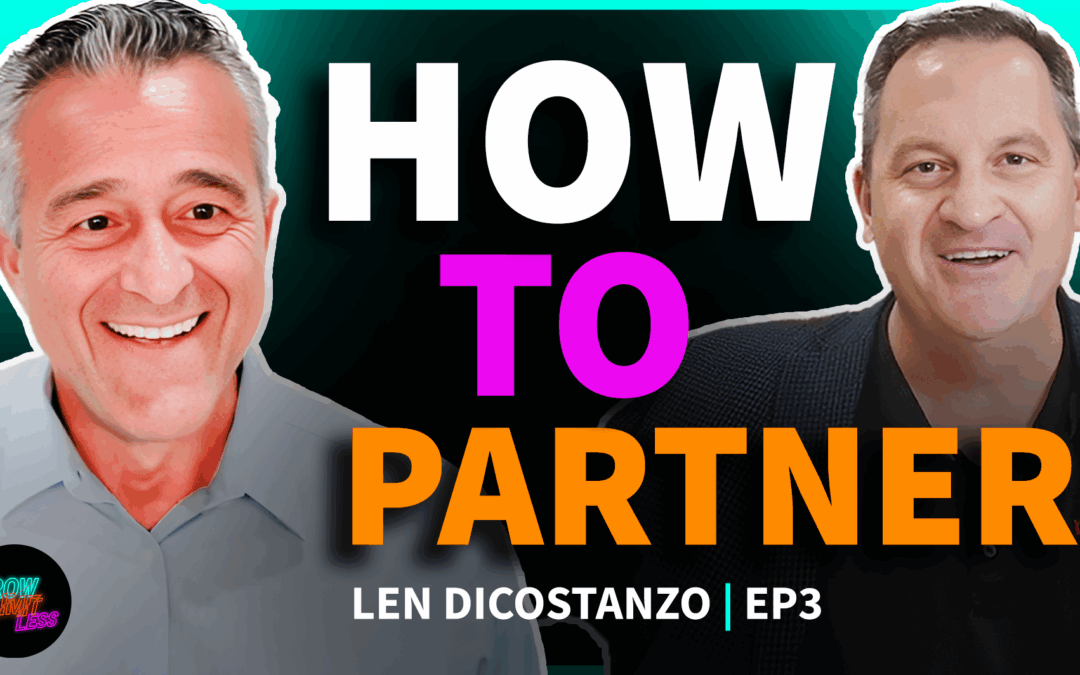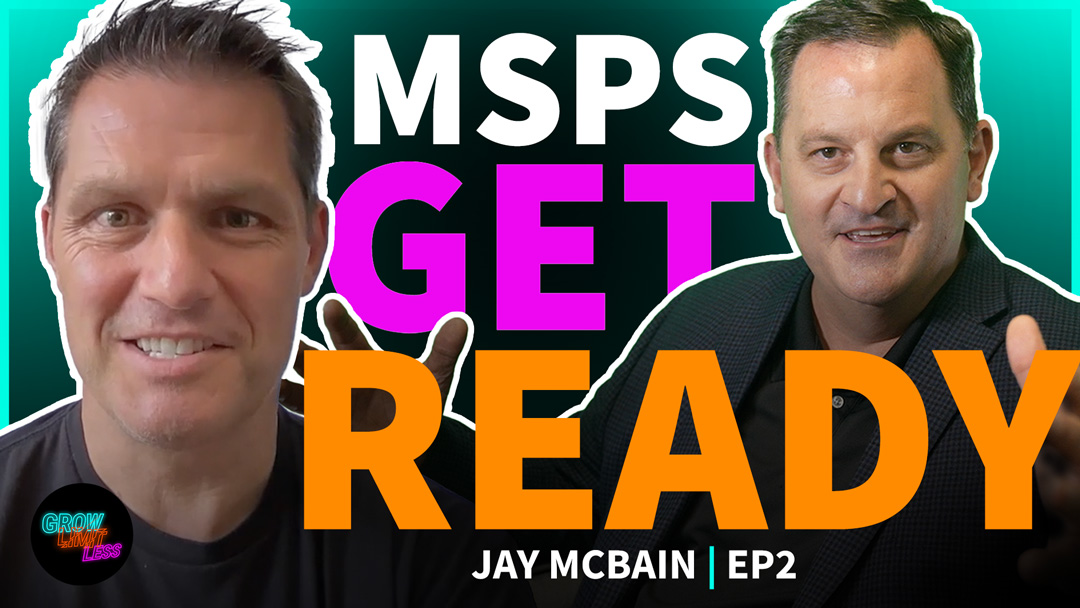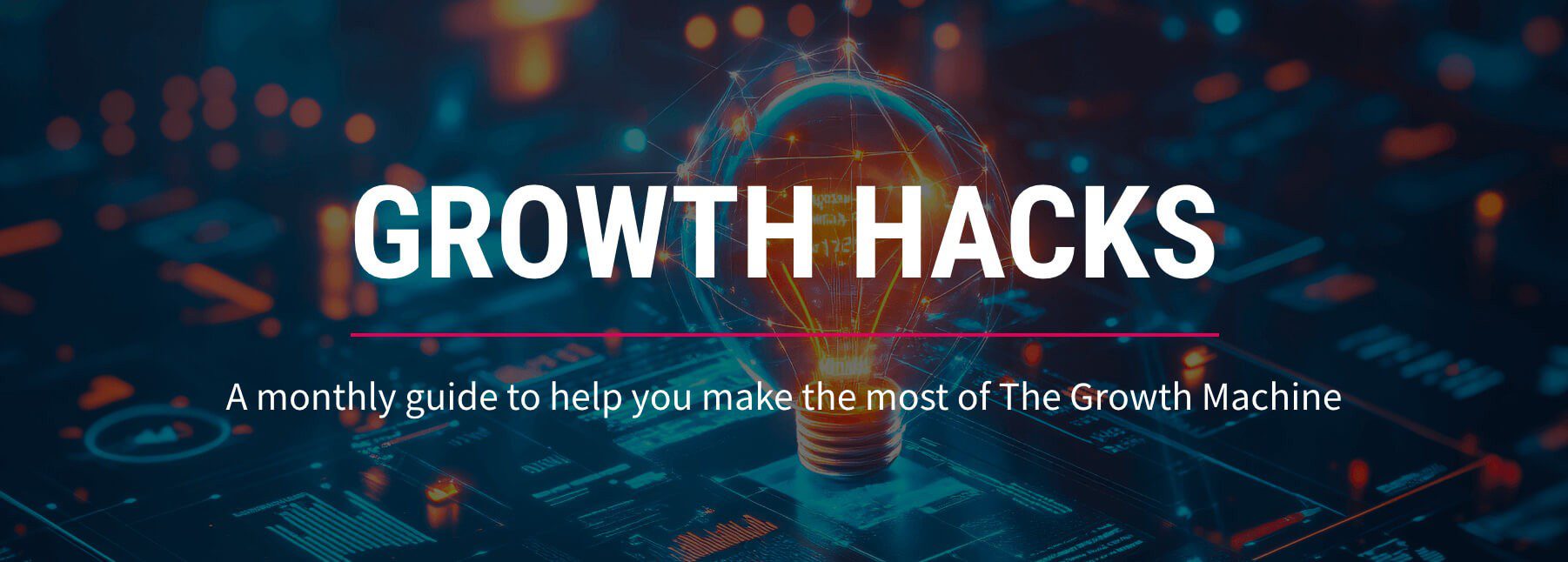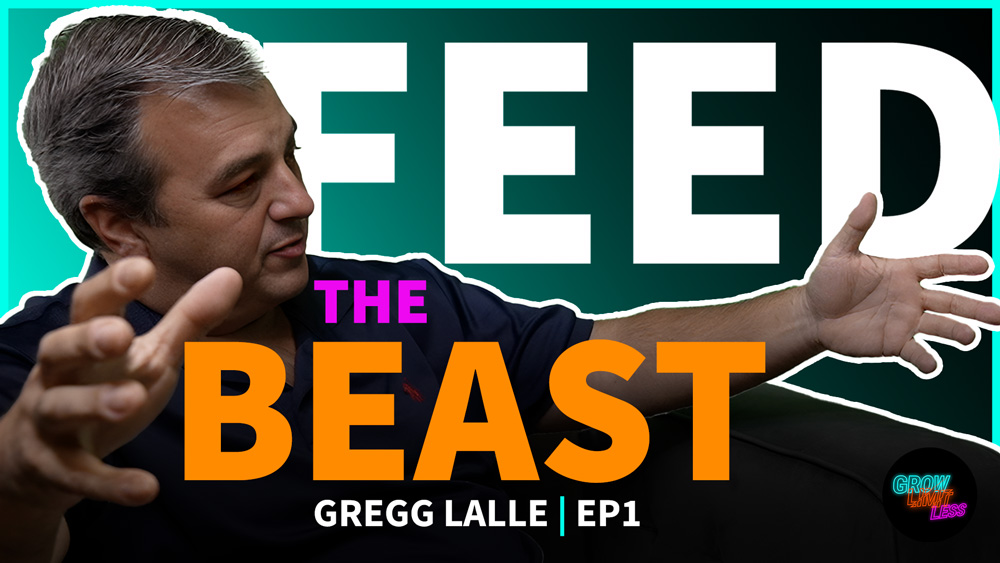How to Strengthen Your Technology Partner Program with Better Enablement
You can build the best technology partner program in your space, but if your partners aren’t trained to sell, equipped with the right materials, or supported in their go-to-market efforts, they won’t generate results. Without consistent enablement, your solution won’t get in front of or attract customers. Sales slow down, partner engagement weakens, and growth becomes difficult to sustain.
Enablement is the operational core of every successful partner program. In this article, we’ll outline what it really takes to enable your reseller partners, how to spot gaps in your current partner marketing strategy, and what leading tech creators are doing to increase adoption, improve sales performance and get more value from the channel.
Why Most Partner Programs Underperform
Most vendors don’t struggle with structure, they struggle with activation. They spend time designing tiers, outlining partner benefits and building portal access, but forget that most partners aren’t just waiting to take action. They need guidance. They need an MSP marketing strategy. They need resources that are easy to use and tied directly to sales goals.
A solid technology partner program may create the framework, but it’s enablement that moves the revenue. If your partners aren’t clear on how to position and promote your solution, what prospective customers to target, or which assets to use at each stage of the funnel, they’re left to figure it out on their own. That often leads to inaction, disengagement or poor execution.
Enablement isn’t supposed to be a static resource hub. It should be a live, working system that supports partners to run campaigns, start conversations and close deals with confidence.
Why Content Often Fails to Drive Engagement
If you’ve invested time building assets and uploading them to your portal, it’s frustrating when partners don’t use them. But the issue usually isn’t motivation, it’s more so clarity.
Marketing campaigns and content get ignored when:
- They’re too generic to be useful in real sales situations
- They’re buried in poorly organized systems with no clear entry points
- They don’t match the actual sales conversations partners are having with target customers
Many vendors build content for the sake of completion, not impact. If your pitch decks aren’t tailored to identify customer pain points or specific buyer challenges, or your email templates sound more like product brochures than sales tools, partners will default to their own materials, or skip marketing altogether.
Effective enablement content is structured for use. It anticipates objections, maps to pain points and can be customized quickly. That’s why we created the Marketplace, where tech creators can purchase or supply turnkey sales and marketing assets partners and sales teams can actually deploy.
MDF Alone Doesn’t Drive Tech Sales
Most vendors offer marketing development funds (MDF) to support partner campaigns, but many of those budgets go unused or underperform. It’s not because partners don’t want to grow; it’s because they’re often unsure how to spend the funds effectively.
Many partners don’t have in-house marketing teams or a strategy to build from, nor do they know what to look for in a marketing agency when considering outsourcing the work. Giving them money without a plan is like handing over tools without instructions. That’s where execution support becomes essential.
To increase MDF utilization and ROI, every program should include:
- Campaign-in-a-box solutions with messaging, creative and targeting already done
- Simple approval processes and timelines that don’t delay execution
- Clear reporting frameworks that help partners track and share results
- Co-branded content and guided support for rollout
When MDF is tied to a strategy—especially one with real marketing assets—partners are more likely to act. Learn more about how we design programs that make MDF usable and impactful through our MDF support services.
Real Results: What Happened When AppRiver Made Enablement a Priority
AppRiver was in a position familiar to many tech creators. They had invested in content marketing, but it wasn’t moving. Existing customers and partners weren’t downloading assets, and the materials weren’t translating into deals.
After partnering with Marketopia, they restructured how content was delivered and supported. They provided clearer guidance to their reps, prioritized materials that mapped directly to their sales process, and made the assets easier to find and use.
“Our partners are downloading the files like crazy, our channel reps are pointing them out regularly, and they’re being well received. I know that sales will definitely increase if they haven’t already.”
When enablement works, it shows. It’s visible in engagement rates, partner sentiment and pipeline velocity.
Activation is Where Revenue Starts
Signing a partner is only the beginning. If you don’t activate them within the first 30 to 60 days, the likelihood they’ll ever drive consistent revenue drops dramatically. Activation is about giving managed services partners everything they need to close their first deal fast—and showing them the path to repeat success.
This includes:
- A defined onboarding plan with clear steps and sales milestones
- Campaigns that generate leads out of the gate
- Access to live support from reps who can answer positioning or execution questions
- Incentives or support to accelerate the first sale
We help vendors implement this with Channel Growth as a Service (CGaaS). Our team delivers full-service recruitment and enablement programs that focus on speed to value. That includes outreach, onboarding, toolkits and sales coaching on how to convert potential clients quickly, so partners aren’t just recruited, they’re producing.
Build Enablement That Matches the Way Partners Sell
Partner enablement should align with the MSP business sales cycle, not your internal product roadmap. The best programs meet partners where they are, giving them content and support that mirrors what their customers expect.
To build that kind of enablement, start with three questions:
- What does a successful partner need in their first 30 days?
- What sales objections are most common for this solution?
- How does our support help partners close deals faster than our competitors?
From there, build backwards. Create playbooks that walk through common scenarios. Build outreach sequences that speak directly to SMB, mid-market or enterprise buyers. Offer training and tech sales enablement that shows partners how to sell, not just what to sell.
You can start identifying gaps by using our ROI calculator. It helps you map where your partner program is driving value, and where it isn’t.
Enablement Also Means Supporting the Customer Conversation
One of the most overlooked aspects of partner enablement is how your brand shows up to the end customer. When an MSP recommends your solution, many target customers will still research the product themselves. If your website is hard to navigate, written only for the channel, or doesn’t speak directly to buyer pain points, you’re missing a key opportunity to reinforce your value.
Enablement isn’t limited to what happens behind a portal login. It also includes what happens when a customer Googles your product name and lands on your site. If your content doesn’t speak clearly to their needs, or if it’s vague, overly technical or outdated, your partner’s sales process gets harder, not easier.
SaaS companies that win in the channel tend to support both audiences well. They invest in their MSP website presence, but also build super helpful public-facing content that helps customers understand the value of the product independently. That could include use cases, pricing clarity, explainer videos, FAQs or vertical-specific solutions.
This is especially important when you consider that email marketing, video marketing, social ads or outbound campaigns from partners often drive traffic to your site. If the experience falls flat, the campaign generates attention but not results, and that reflects poorly on your partners.
Help your partners close more deals by building credibility with your shared customer base. Provide valuable information they can link to or reference, and develop messaging that speaks to both partner and prospect needs.
Conclusion: Structure Without Enablement Doesn’t Scale
If your technology partner program isn’t delivering the results you expected, the issue likely isn’t the framework, it’s the follow-through. Without real enablement, even the most compelling incentive structure or product portfolio can’t carry the weight of partner success.
Partners need more than access. They need direction. They need tools that match their sales cycles, content they can actually use, and campaigns that help them grow their own business while selling yours.
If you’re ready to build a program that equips partners to perform, talk to us. We’ll help you create the kind of enablement that drives adoption, shortens time to revenue and makes your channel a reliable source of qualified leads and growth.







